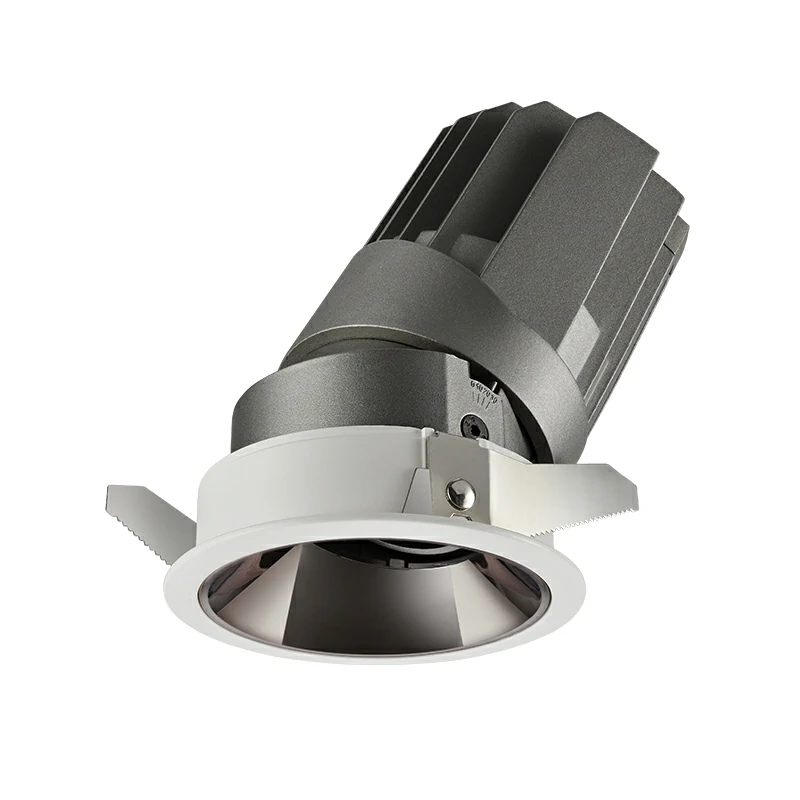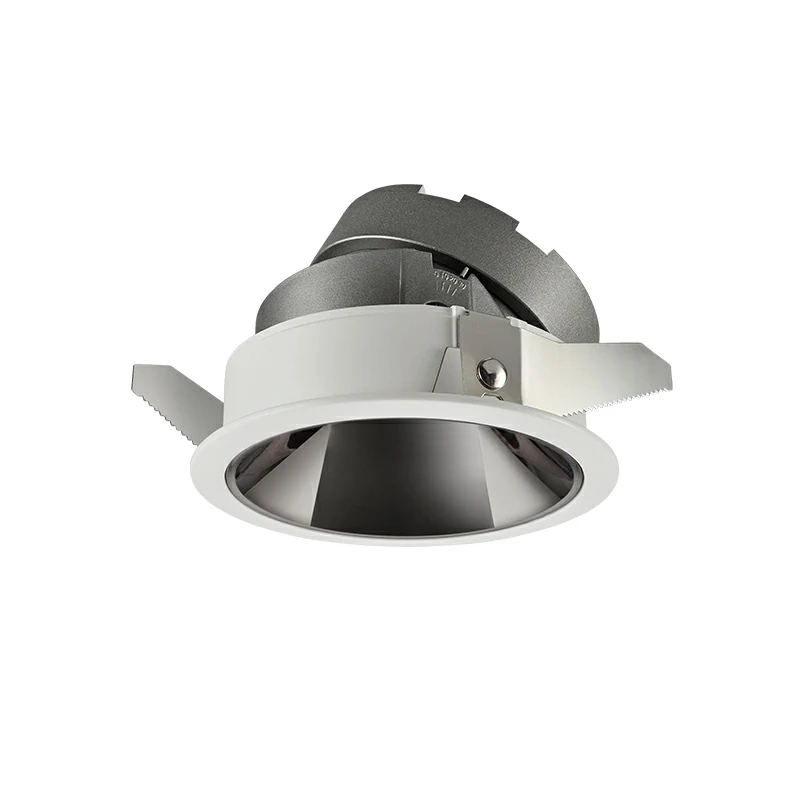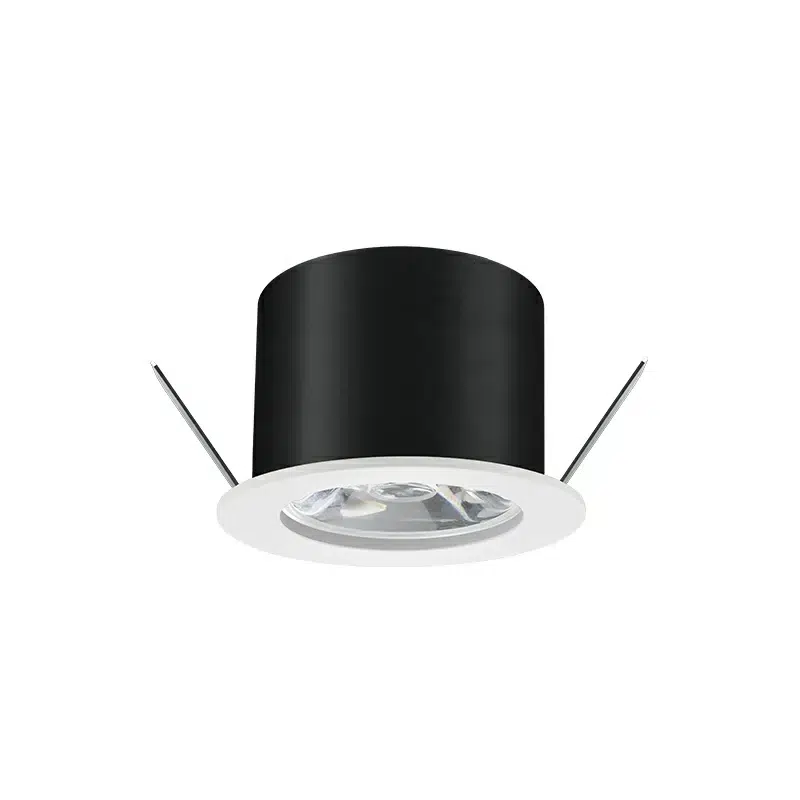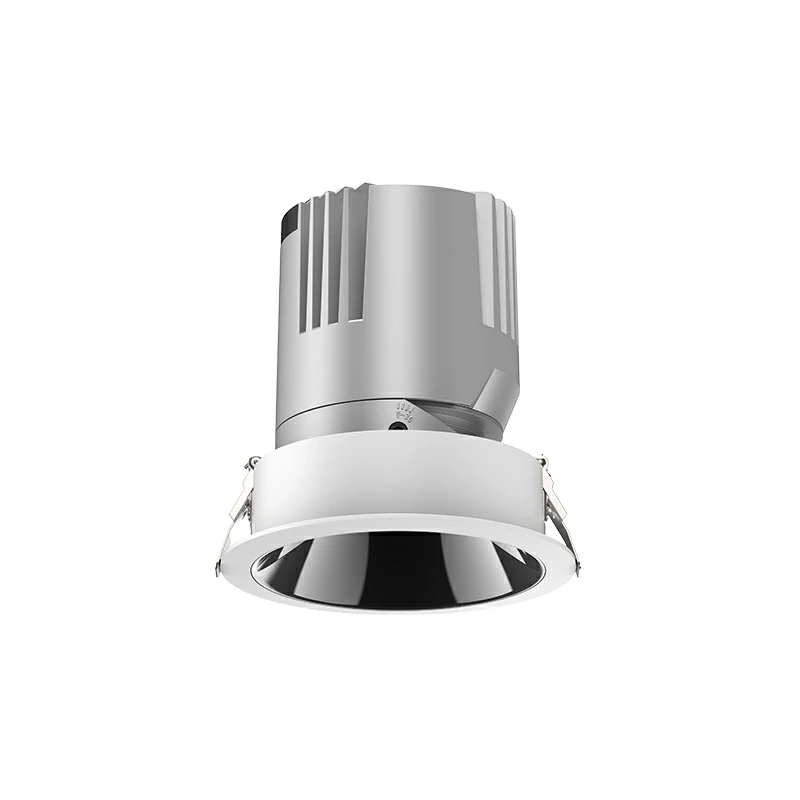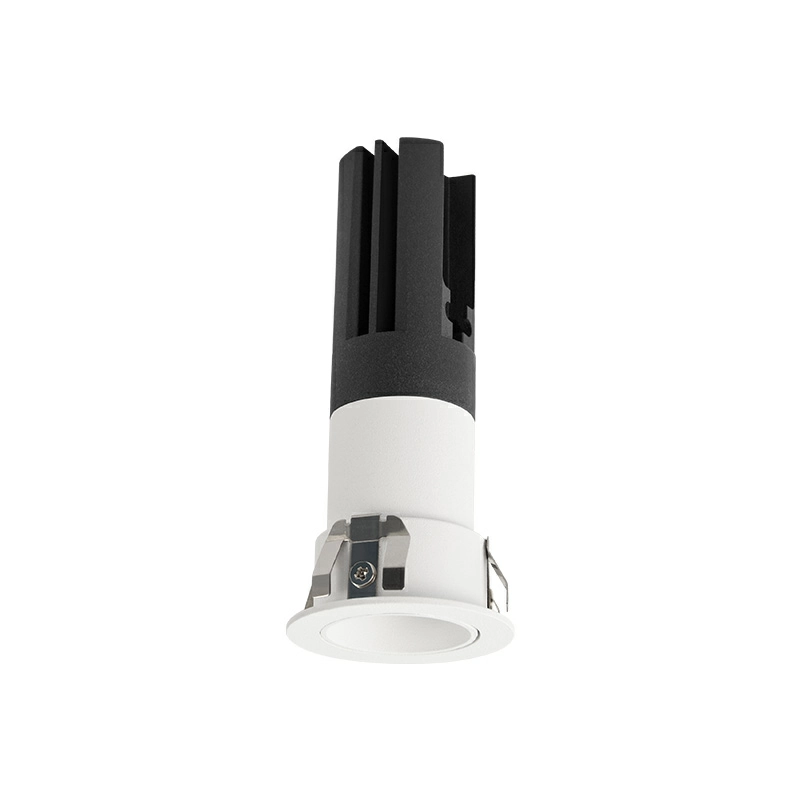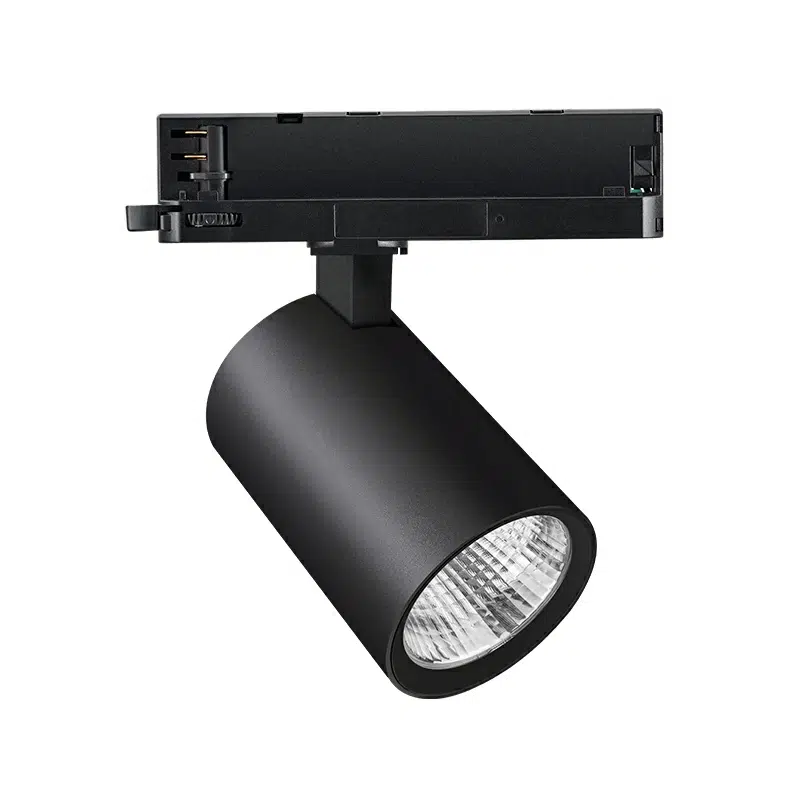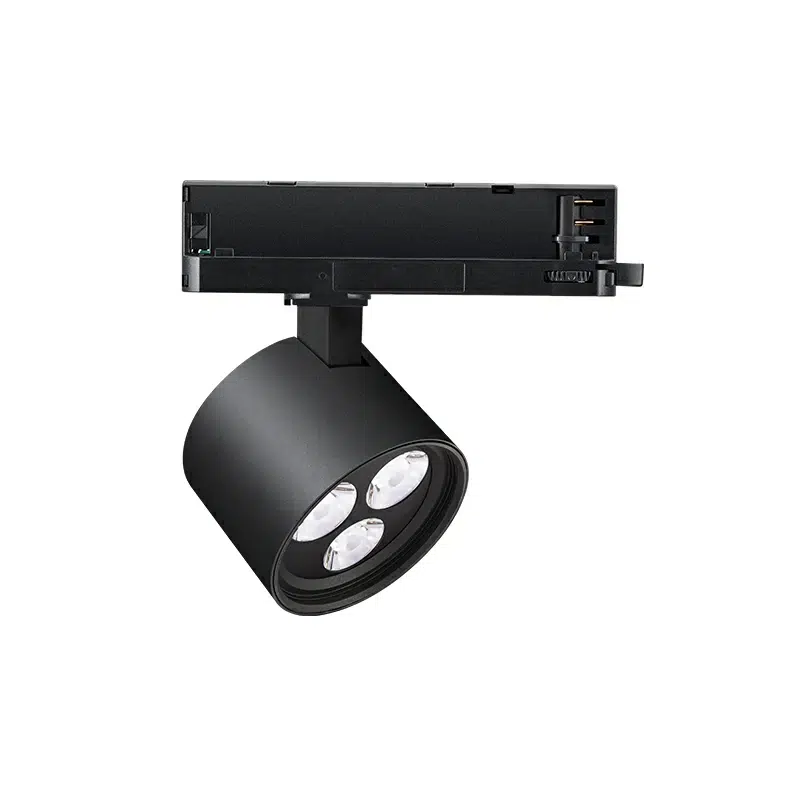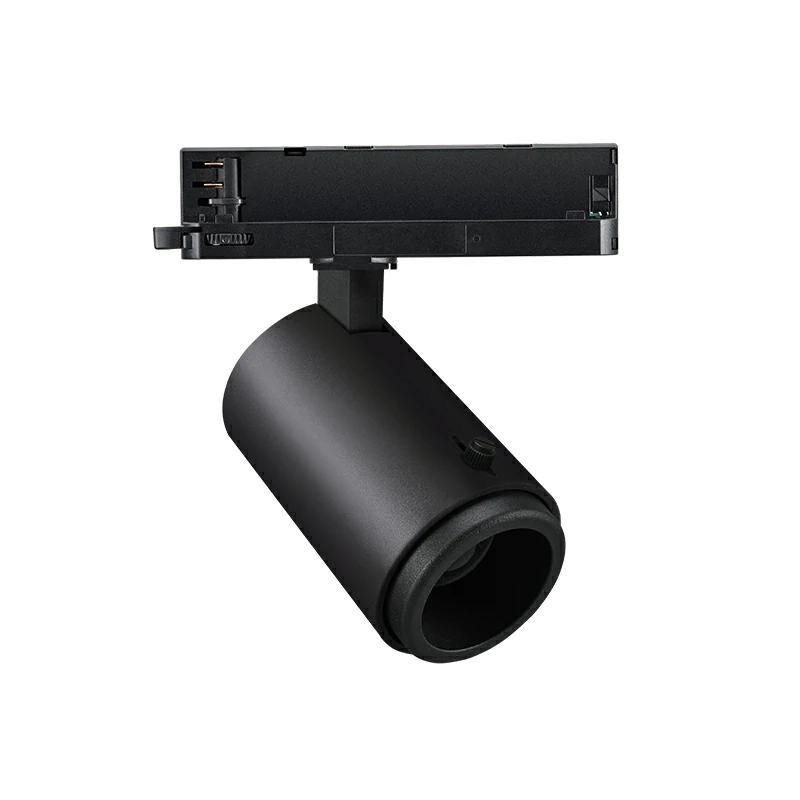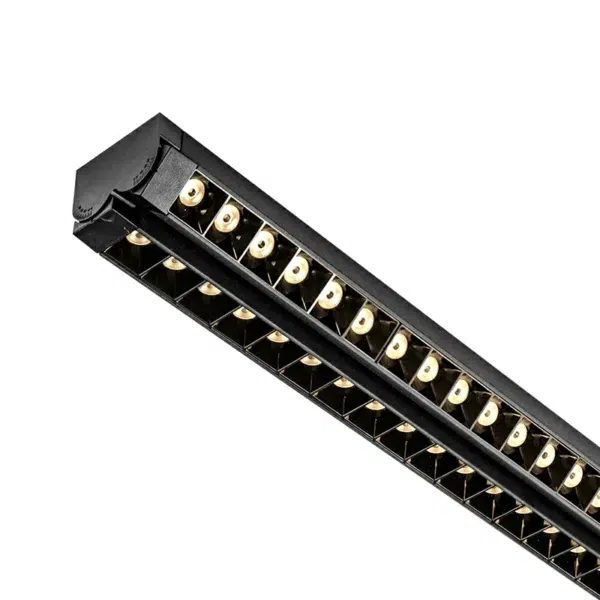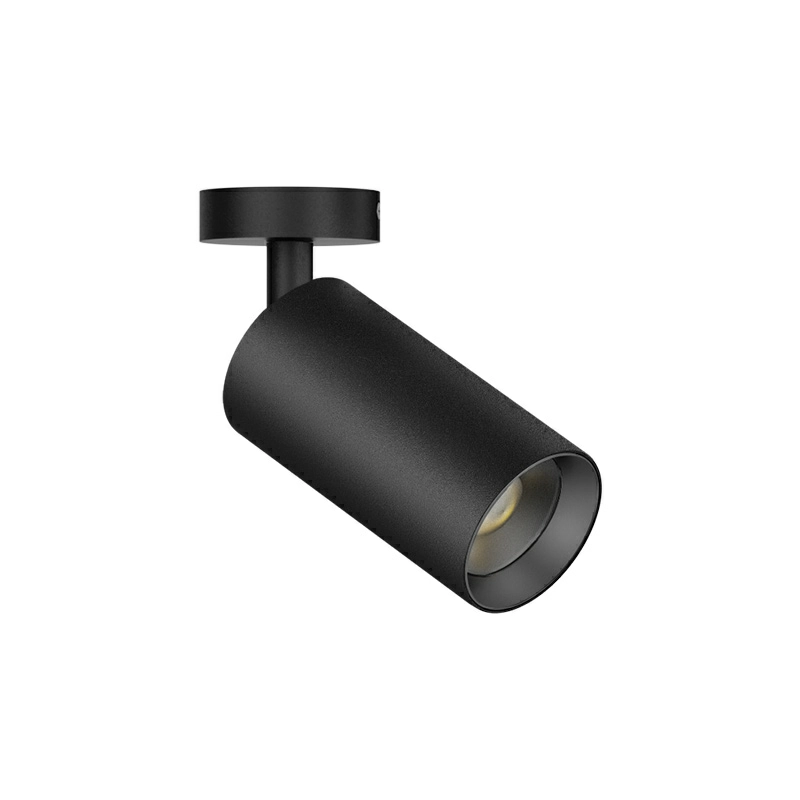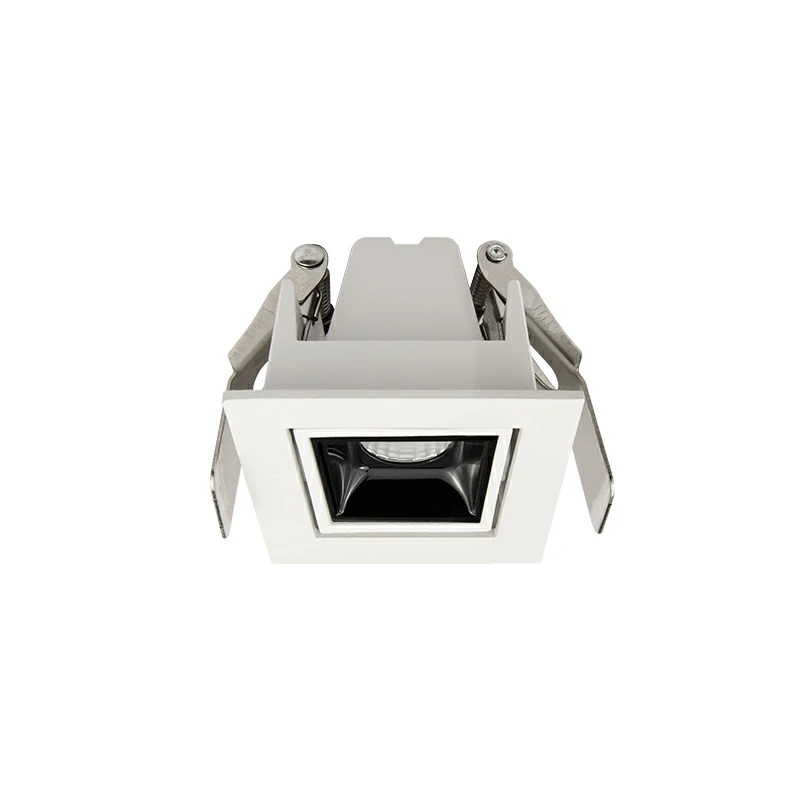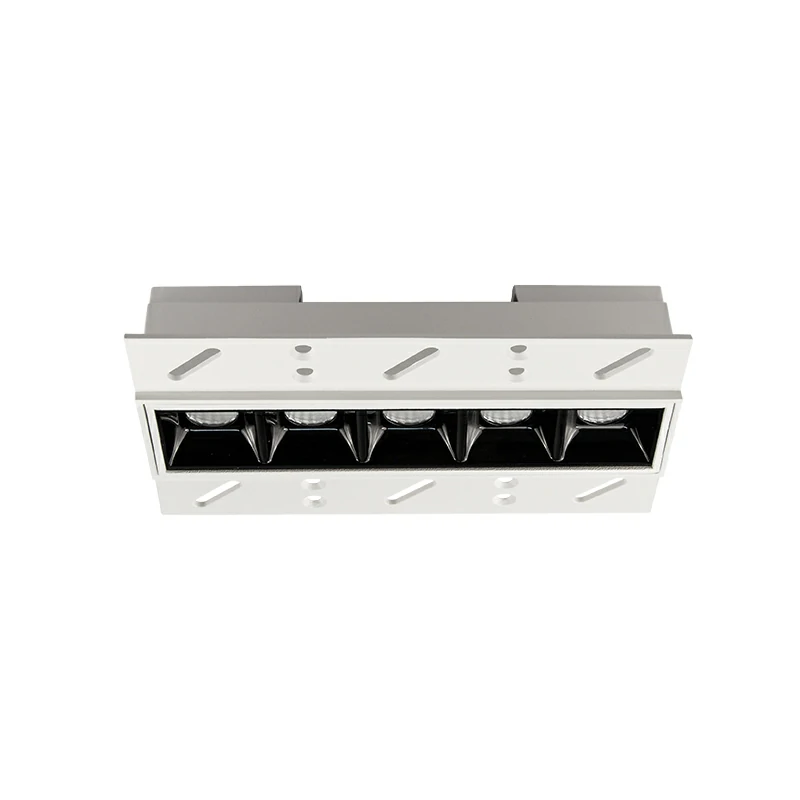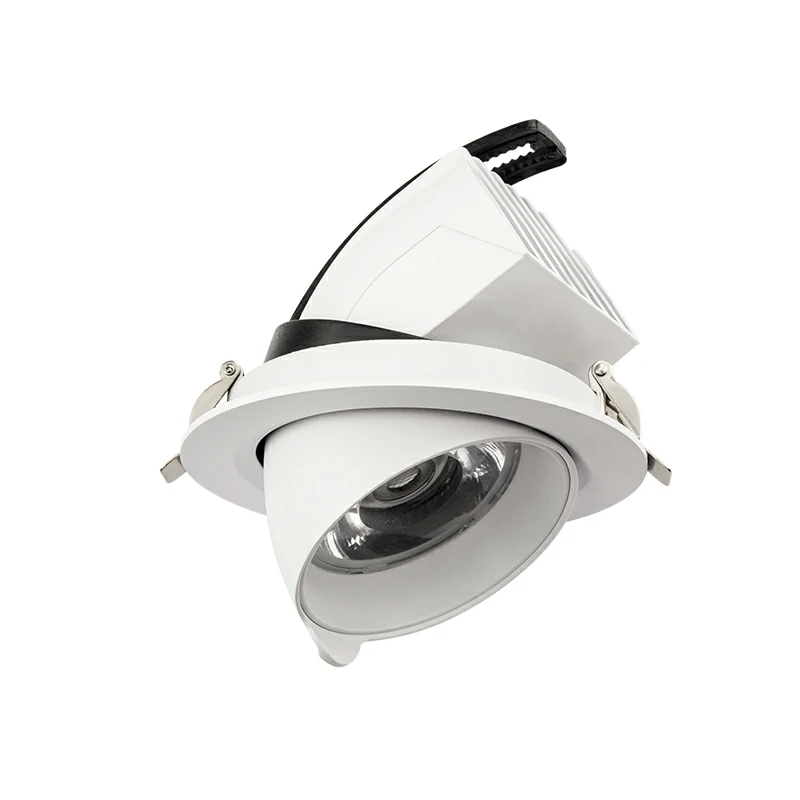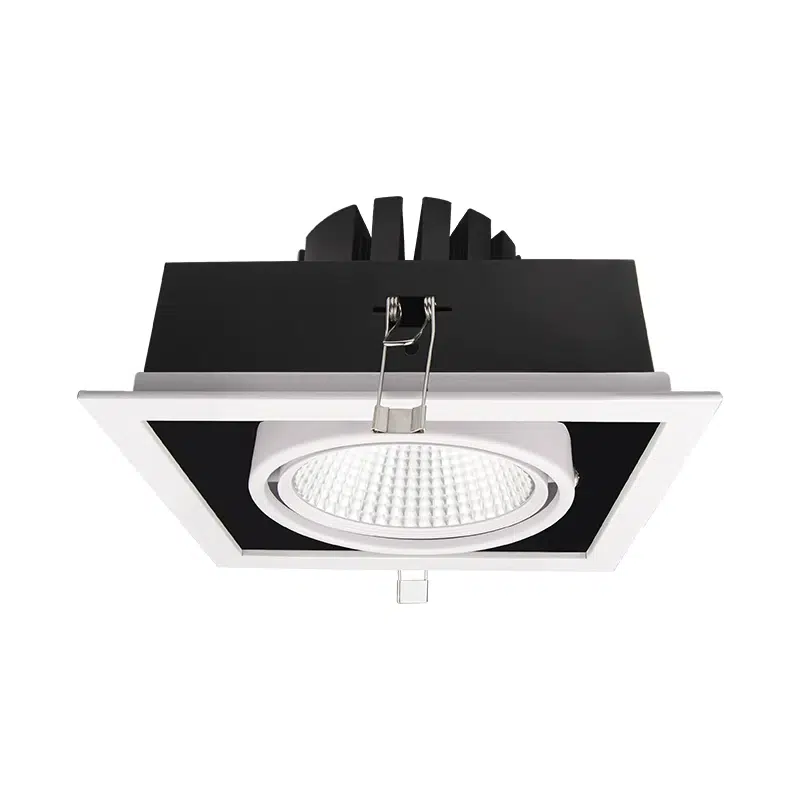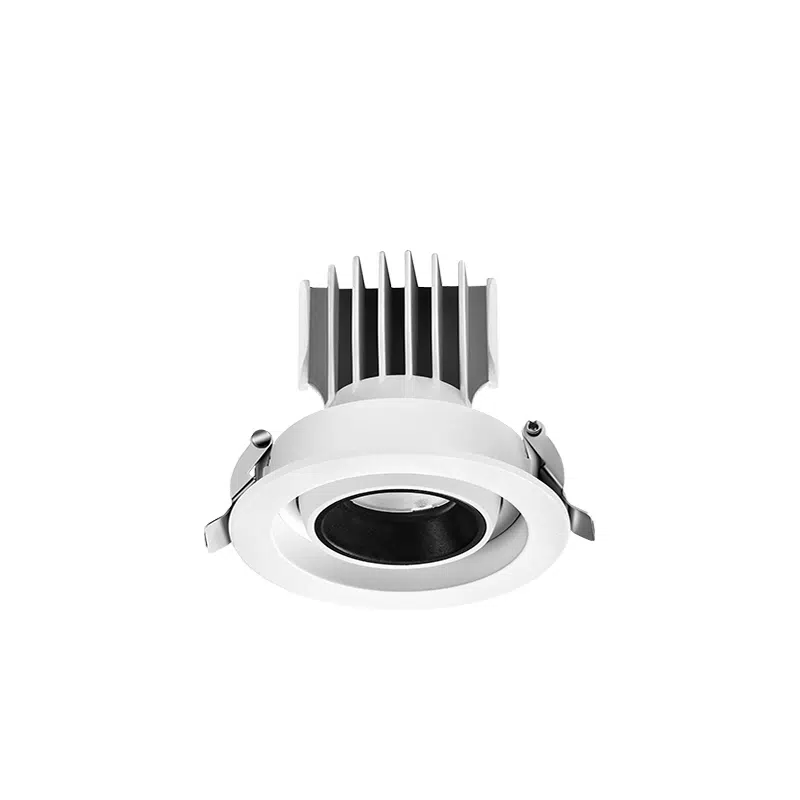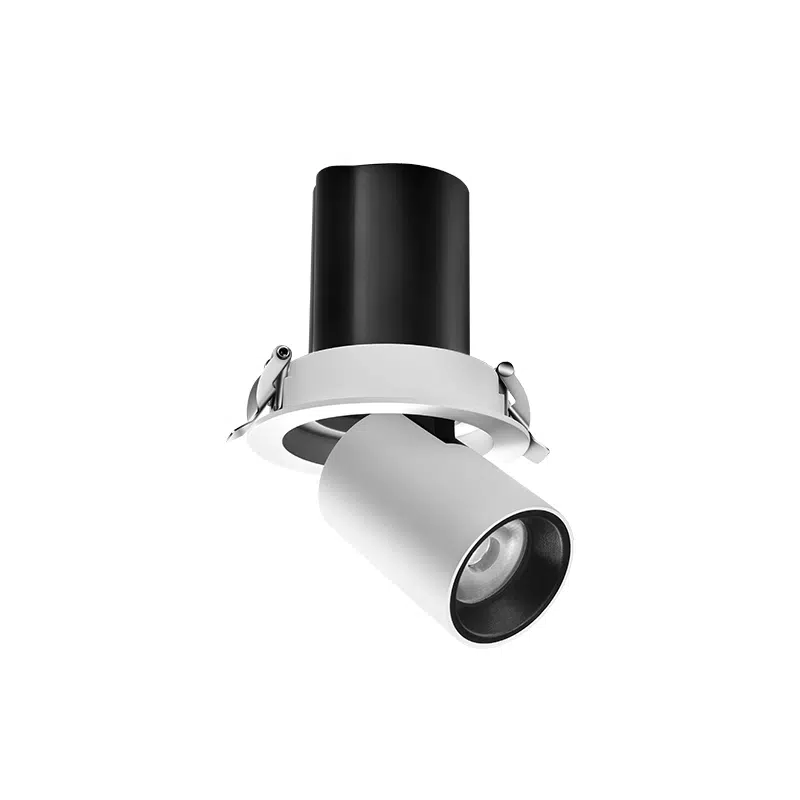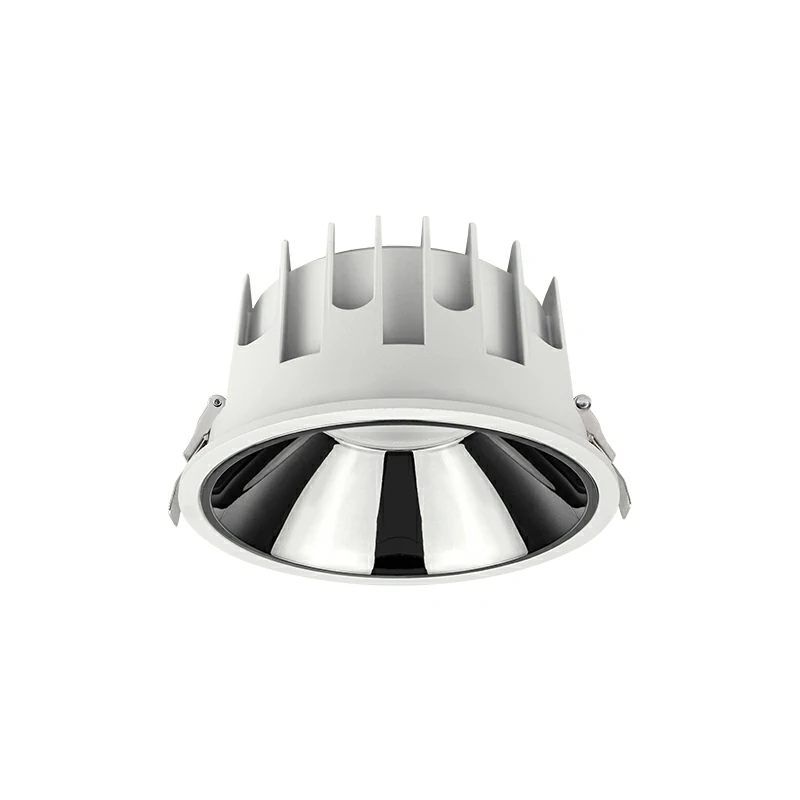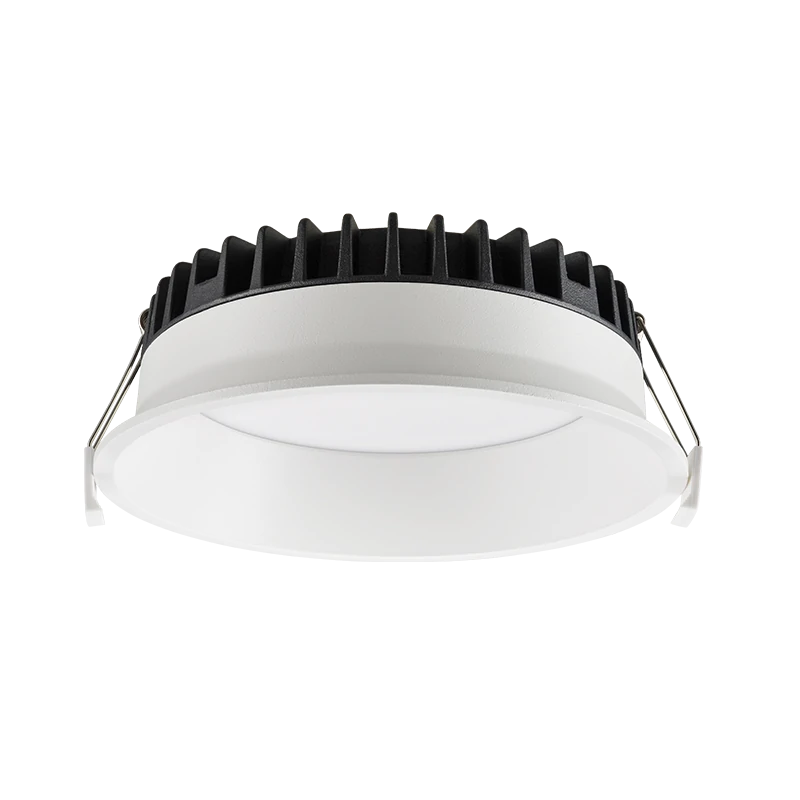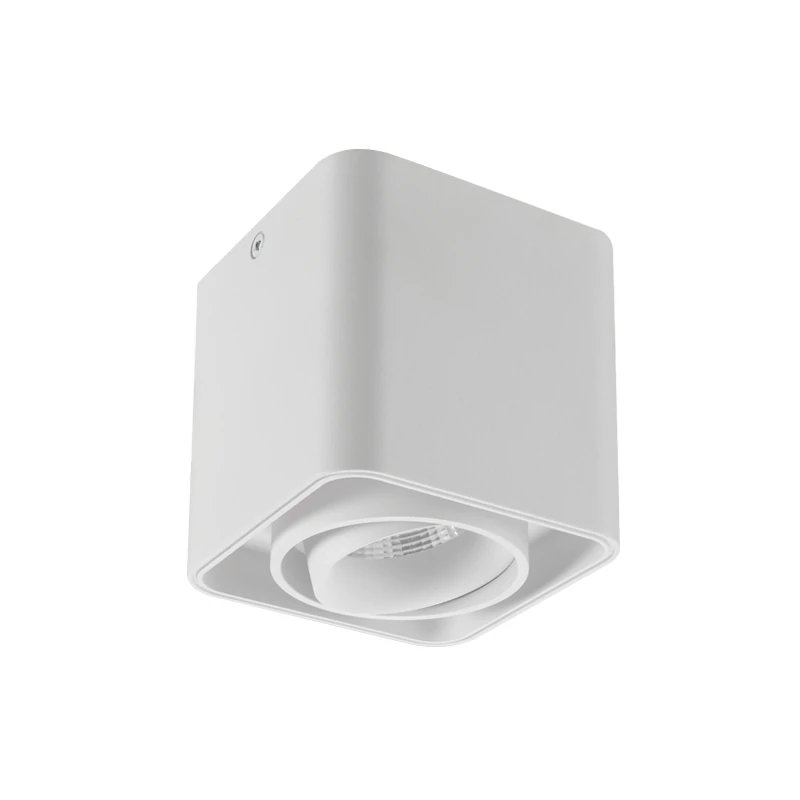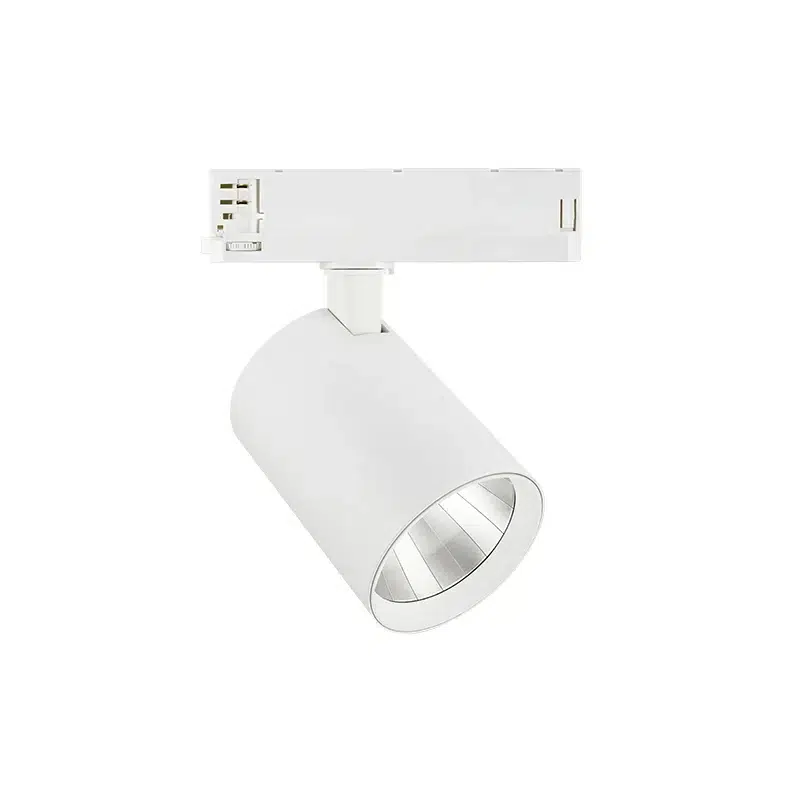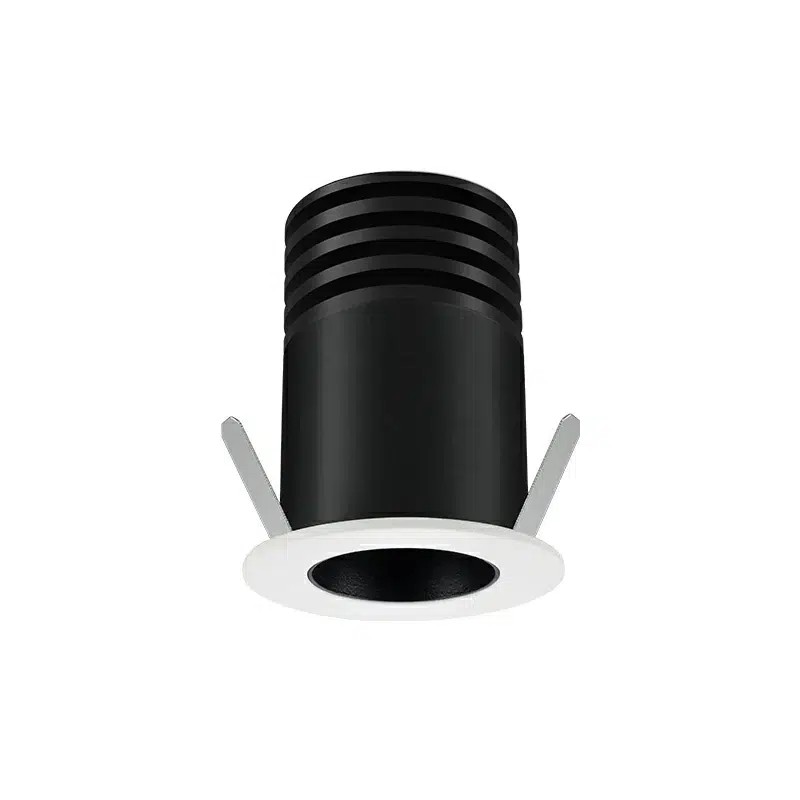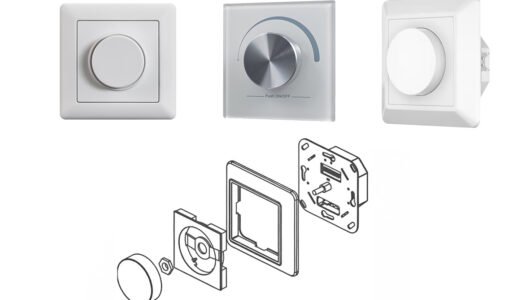Choosing the right lighting control system is important when you want good mood and save energy in today’s buildings. There are many dimming methods, so it is important for anyone working with LED lights to know the differences between DALI dimmers, Triac dimmers, and 0-10V dimmers. Each method for LED lighting has its own good features, limits, and things you need to match for your lights. In this blog, you will get to know how these dimming methods work. This will help all of us choose well for both simple and big lighting projects.
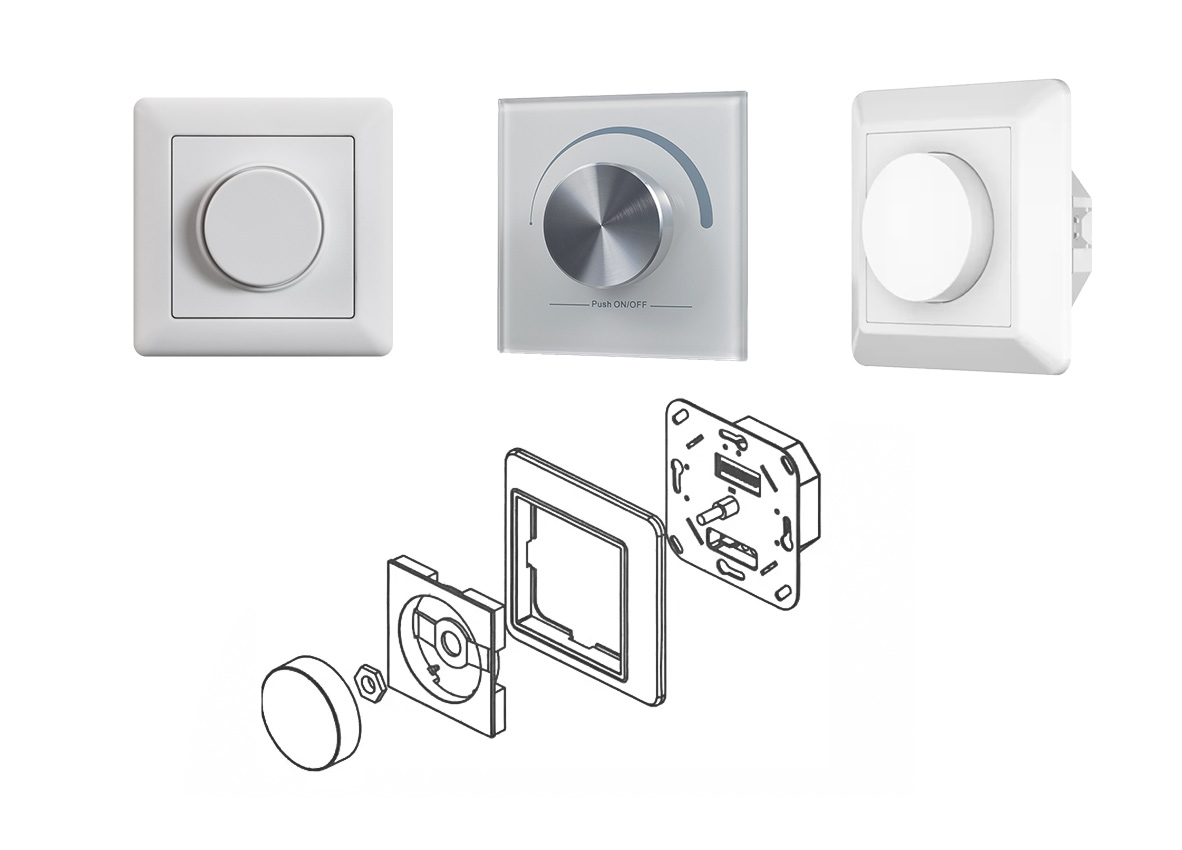
Lighting systems are now made to give many dimming methods. Each one has its own dimming range and level of control over the light output. DALI dimmers, Triac dimmers, and 0-10V dimmers are top choices for controlling LEDs. Each one uses a different control signal to change brightness. But what makes these dimming methods different from each other?
To understand the main differences, let’s go over how each technology works. Also, let’s see what makes them a good fit for different lighting systems and uses.
Evolution of Dimming Systems in Modern Lighting
Lighting control started with basic rotary switches. These switches adjusted resistance to lower voltage and dim incandescent bulbs. As lighting systems got better, people began to use phase dimming. This method controls the AC phase and manages light intensity in a more accurate way. Triac dimming grew from phase dimming and is widely used at home, mainly because it is easy to install.
The need for precise control and working with new lighting sources created PWM dimming and digital controls. Digital Addressable Lighting Interface, or DALI dimmers, became a big change, letting users use digital commands to control each fixture.
Now, lighting control offers different choices. Designers and building owners can pick simple analog lighting systems like 0-10V or 1-10V dimming. They can also go for advanced digital options like DALI or stay with old phase dimming. Each fits a range of uses for homes and businesses.
Key Components and Operation Principles
In every dimming system, you will find three main parts. These are the dimmer, the LED driver, and the light fixture. The output voltage and input voltage change depending on which dimming way you pick.
Triac dimmers change the AC phase. They cut part of the current wave so you get a lower effective value of the alternating current and this makes the lights dim.
With 0-10V dimming, the driver gets a low voltage control signal that can be from 0 to 10 volts. The driver then shifts the output current to change LED brightness. This way of dimming needs extra wiring just for the control signal, but you get smooth, flicker-free dimming.
DALI dimmers systems work with a digital communication protocol. Each DALI device has its own unique address while in the wiring network. You can use control systems to send certain commands to give you more ways to manage your lighting. You get exact, precise dimming control.
With all of this in mind, you can now see how each dimming method works.
What Is a DALI Dimmer?
A DALI dimmer works with the Digital Addressable Lighting Interface (DALI) system to manage lights like LED lighting. The DALI dimmers system can talk to each DALI device or fixture alone. You can set up lights just how you want, or check on any one light with the DALI system. People use this for big jobs because a DALI dimmer gives more ways to change things than older dimmers. But is DALI going to be the best for LED lighting needs? In this guide, you will see how the dali system, dali device, and DALI dimmer fit in and how they work with LED lighting.
How DALI Dimming Works (Digital Addressable Lighting Interface)
DALI dimming uses a digital addressable lighting interface. It helps you get precise control over lighting equipment. Each light fixture is given its own unique address. This lets you set the brightness levels for each one on its own. Unlike old ways, DALI works smoothly with control systems and sends low voltage signals by using a digital communication protocol. With this, you can make complex lighting scenarios. You also get optimal performance for uses in things like commercial applications or for your home setups. DALI has high efficiency, so it improves energy efficiency. People can adjust the light output to fit what they need.
Pros and Cons of DALI Dimmers
DALI dimmers give people many good things but also have some limits. Take a look at what is good and what is not so good with DALI:
Advantages:
- You can control each light by itself or put many lights together. This helps get the right level of control over lighting.
- DALI lets you make exact changes for things like scenes, setting times, and tuning colors with DALI DT8 (2700k-6500K/ 2700K-4000K).
- It works well with building automation systems, so it is good for commercial applications.
- You get two-way communication, the system can give back feedback and tell you about problems in real-time.
Limitations:
- You pay more in the beginning because you need digital equipment and controllers for lighting control.
- Putting it in may be hard, as setup and programming need special know-how.
- DALI dimmers and devices can use a little power even after you turn off the lights.
DALI is a good choice if you want flexible and precise control in buildings that need smart, automated lighting.
What Is a Triac Dimmer?
Triac dimmers are often used for phase dimming in homes and in some workplaces. They work with led lights by cutting pieces out of the AC sine waveform. This is called phase dimming. Many of us live or work in places with dimming systems that support triac dimmers. People like to use triac dimmers because they are cheap and you can easily add them to old setups. But, not all triac dimmers go well with modern led lights. So, it’s good to know how triac dimmers work and what they can’t do.
Leading-Edge vs Trailing-Edge Triac Dimming Explained
Triac dimming comes in two main types: leading-edge and trailing-edge. Each type works on the alternating current (AC) sine waveform in its own way.
Leading-edge triac dimming uses a triac to cut the start of each AC half-cycle. It works well with many old incandescent dimmers. This way cuts the output voltage, making the light dimmer.
Trailing-edge dimming, which often uses MOSFET dimmers, cuts the end of the AC cycle instead. This way gives smoother control over the light. It is often better for LED drivers, as it works well with things that have a capacitive load.

Key Points:
- Leading-edge dimmers are found most in the market, as they are low-cost and simple to use.
- Trailing-edge dimmers (MOSFET dimmers) are a good pick for LEDs and offer more precise control.
- Both types work with the AC phase in their own way. This affects things like flicker, how smooth the changes are, and how they match with lights and fixtures.
When picking between the two, look at your light fixture and what kind of dimming you want.
Pros and Cons of Triac Dimmers for LED Lighting
Triac dimmers offer a lot of benefits, especially if you’re working on retrofit projects. Still, there are some things that can be a problem.
Prós:
- These dimmers are very cost effective, which makes them good for homes where people want basic dimming for led lights.
- They are easy to put in because you can use them with your current wiring. You do not have to add extra low voltage control signal lines.
- Their compact size and high efficiency work well for setups that are simple.
Contras:
- They have a limited dimming range. Sometimes, you can’t dim led lights down to the lowest level without running into trouble.
- The output current might not be steady with all led driver types, so you could get flicker or buzzing.
- Some modern led lights may not always work with triac dimmers, so compatibility can be a problem.
- Once you dim some led lights all the way down, they can still glow a bit and not fully turn off.
Triac dimmers are a good pick if you want to save money and don’t need advanced control, but you should always check if your led driver works with them before you set them up.
What Is a 0-10V Dimmer?
A 0-10V dimmer is a way to control lighting that uses an analog method. The light output of the fixture can go up or down based on a control signal. That signal goes from 0 to 10 volts. Many people use this tipo de iluminação control for LED lighting in commercial places. It gives smooth and reliable performance, and it works well with many building control systems. But you do need extra wiring for it, and it does not have as many features as some digital control systems. This can affect what you choose for your lighting setup.
How 0-10V Analog Dimming Systems Operate
In a 0-10V dimming system, there is a low voltage control signal. It can be set anywhere from 0V, which means off, to 10V, which means full brightness. This control signal gets sent to the LED driver. The input voltage found in this control line makes the output voltage change, and this sets the LED brightness.
This way of controlling brightness is called analog. It needs two different circuits. One is for power. The other is for the control signal. When you lower the control voltage, it makes the output current less, so the LEDs get dimmer. If you raise the control voltage, the LED brightness will increase. This type of control works all the time and mostly does not flicker. This gives you smooth and steady dimming.
The 0-10V dimming curve is predictable and simple to use, which helps in lighting control for commercial places. It is reliable for big lighting control systems, such as in office buildings or stores. Still, it does need extra wiring. That is more wiring than what is needed by using phase dimming.
Advantages and Disadvantages of 0-10V Dimmers
0-10V dimmers give you a good mix of performance and ease of use. But, they do come with some downsides.
Advantages:
- They have a wide dimming range. The lights change brightness smoothly with little to no flicker.
- These dimmers use a steady analog control signal and work well in many commercial-grade lighting systems.
- You can easily use them with building control systems and automation setups.
- One dimmer can manage a large group of light fixtures at the same time.
Disadvantages:
- You need extra wires for the low voltage control signal. This can make setting up more tricky.
- The lowest setting might not turn lights off all the way. Lights may stay at 10% brightness at their dimmest level.
- These dimmers control groups only. To run one fixture by itself, you need special add-on parts.
- With long wire runs, the control signal voltage can drop, which makes the dimming less exact.
In most commercial applications, smooth action and being compatible with many control systems are more important than the small problems they have.
Compatibility of DALI, Triac, and 0-10V with LED Fixtures
Not every LED light will work with all types of dimmers. The key is to use the right dimmer with the led driver and lighting equipment, so the lights work the way they should. DALI dimmers , Triac dimmers , and 0-10V dimmers need led drivers that match them. If you don’t use the right ones, you could get things like a limited dimming range, flicker, or your lights might not turn off at all. It is good to know about these things before you choose a dimmer and lighting equipment, especially if you have new gear or many types in one place.
Let’s look at the problems people have with pairing, and talk about what can fix them.
Common Issues With Dimmer and Fixture Pairing
Problems with compatibility are a common reason why dimming may not work well.
- If the dimmers and LED drivers are not a good match, the lights might flicker, buzz, or they may not dim all the way.
- Some Triac dimmers do not let you control the light at the lowest level. This can make the light stay on a little bit even when you try to turn it off.
- With 0-10V dimmers, you sometimes cannot dim the light fully because the driver keeps the light at a minimum level.
- For DALI dimmers systems, you need devices that are DALI-certified. If the fixtures do not, they may not listen to signals or they could make mistakes in the system.
To get the best results, always look at the manufacturer charts about compatibility and ask technical support or check the product documents before you start the installation.
Solutions for Optimal Dimmer Performance
Getting precise dimming control for your lights needs more than picking just any dimmer. The whole system must be planned out in a careful way for the best results.
- Use dimming power supplies and LED drivers that are made to work with your lighting control protocol.
- If you use the dali protocol, make sure every device in your bus supports it. Each one should have its own unique address.
- For Triac systems, find LED drivers that say they work with Triac. This helps reduce flicker and gives a wider dimming range for better lighting control.
- In 0-10V systems, check control wiring sizes to stop voltage drop. Always test out the lowest dimming level to see if it fits your needs.
You may need to add more wiring or switch to a different lighting control protocol for tough installs. Using the right products with proper wiring gives you optimal performance that feels easy and smooth for people using it.
Installation and Wiring: DALI dimmers vs Triac dimmers vs 0-10V dimmers
Installation and wiring steps can be very different for DALI dimmers , Triac dimmers , and 0-10V dimmers. DALI devices use digital bus wiring. Triac dimmers hook up right to the AC line. 0-10V systems have extra wires for dimming. The method you pick for your project comes down to things like what wiring is already there, how easy it is to expand later, and what you will need as time goes on. If you know about these wiring changes before you start, you can plan better. This makes it easy to handle today’s needs and think about the future.
Now, we will talk about installation steps and show pictures for each type.
DALI Wiring System Overview
A DALI dimmer wiring system uses a digital communication protocol to give more control over lighting systems. Every DALI device has a unique address, so you can manage each one on its own. This helps you set up many kinds of lighting and makes the system flexible.
DALI systems send a low voltage control signal. This signal carries both power and data to every device using just one pair of wires. That helps your system use less energy and improves energy efficiency.
This setup lets you add more lighting fixtures without problems and helps you get optimal performance. It works well for commercial places and industrial environments, making jobs easier and lighting better.
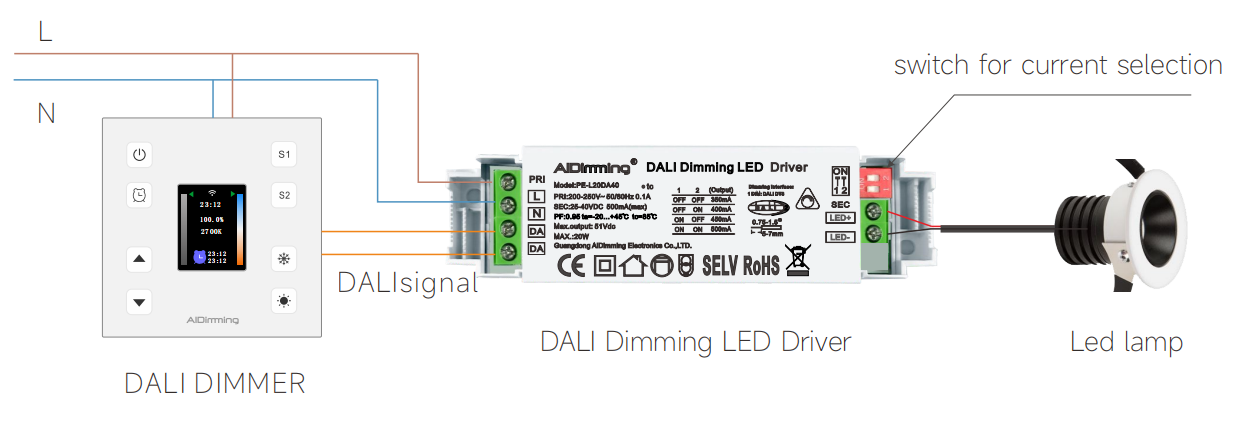
Triac Wiring Practices
Wiring a Triac dimmer correctly helps it work well and control light brightness. First, turn off the power supply. Make sure the voltage matches what the dimmer needs. Next, connect the dimmer’s input wires to the power supply. Follow phase dimming rules to let you adjust brightness smoothly. Use the dimmer’s output wires to link with the light fixture. Ensure the wiring fits the specific dimming methods used.
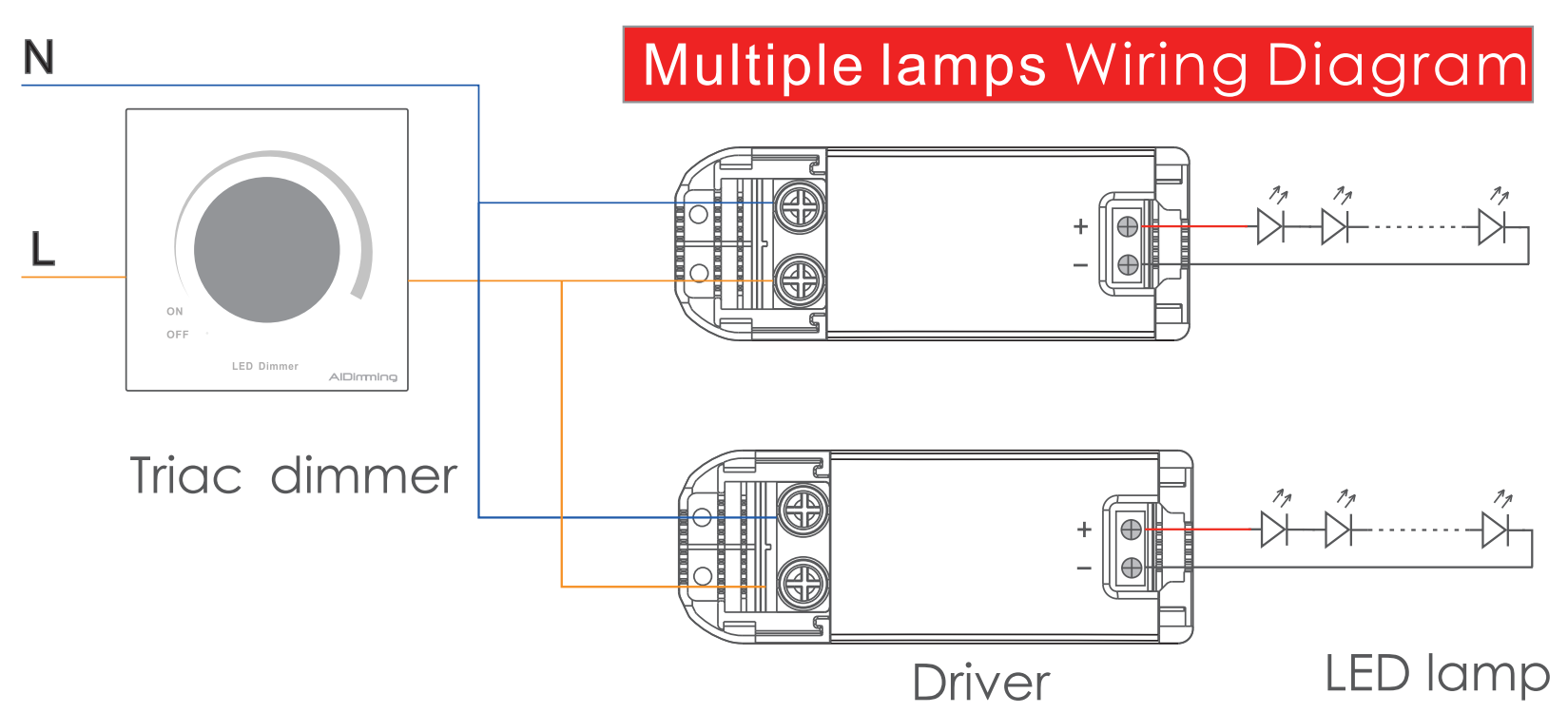
0-10V Wiring Practices
Understanding how to wire 0-10V dimmers is important for good lighting control. This method uses a low voltage signal. It helps change the brightness of LED lights and other fixtures. When you install it, make sure the dimmer’s signal is wired right. You usually need two wires that connect to the dimmable driver. This driver responds to different input voltages.
Also, consider the power supply for dimming to save energy. Using a DMM, or Digital Multimeter, can help check connections. This tool ensures that the links between the dimmer and light are correct. Following good wiring steps will create a smooth dimming experience. It also allows users to have exact control over light brightness in many places.

Comparison of DALI Dimmer VS Triac Dimmer VS 0-10V Dimmer Performance
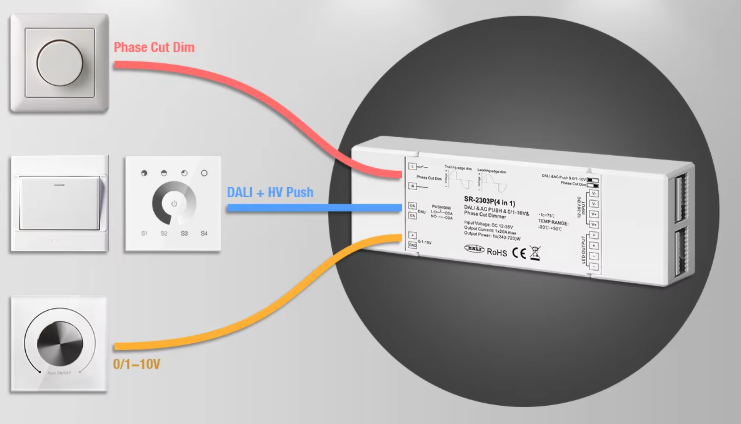
Performance measures like how smooth the dimming is, flicker, and the usable dimming range matter a lot when you choose a lighting control protocol. DALI, Triac, and 0-10V each offer different levels of how consistent, reliable, and wide the dimming range is depending on where you use them. If you compare these points with care, you will find the lighting control protocol that fits what you need for dimming performance.
Let’s look at the technical strengths of each option. We will also see how they do when it comes to cost, how flexible they are, and which application is good for them.
Smoothness, Flicker, and Dimming Range Analysis
Dimming performance depends on how you control the lights and if the driver and fixture work well together.
- DALI systems give you smooth dimming. They cover the widest dimming range with little flicker. You can change the LED brightness very precisely.
- Triac dimming may offer a limited dimming range. Sometimes it can flicker or buzz, mainly if the LED drivers do not match well. At the lowest setting, the output current can be up and down.
- 0-10V dimmers allow for smooth dimming through most of the range. But sometimes, the light might have a faint glow when you turn it to the lowest point.
Summary:
- DALI: Great for getting LED brightness just right. No flicker. You also get control over each light.
- 0-10V: Works well for groups and is often in commercial places. Dimming is smooth and steady, but not great for “off.”
- Triac: Works for basic setups. It’s less exact and can have more issues, like flicker. There is a limited dimming range.
Know the differences so you can pick the best dimming range and output current for your room. Use these systems to make the lighting look good and work the way you want.
Cost, Control Flexibility, and Application Suitability
Each way to dim lights has its own good points. Your choice can depend on money, how much you want to control, and what you need at work or home.
DALI dimmers give precise control. They use a digital communication protocol. This makes them a good pick for commercial applications and for larger places. They work well where you need to change the lights in new or complex ways. They also can save you money for big projects.
Triac dimmers are simple and cost less. These are nice for basic jobs where you do not need many choices or extra control.
0-10V dimmers are flexible, and people use them a lot in factories or other work areas. One thing to think about is that the dimming range may be more limited than what you get with DALI.
Knowing the difference in dimming options helps you make good choices for your lighting needs.
The well-known brands of dimmers that you need to know about
When you pick dimming equipment, it is good to buy from well-known brands. That way, you get more reliability and support. You also know their products will work with your lighting control systems. For DALI dimmers, brands like Philips, Tridonice Osram are trusted by many people. Their digital lighting control is strong, and they offer certified DALI devices.
Triac dimmers from Lutron, ABB, Leviton, Helvar, and AiDimming are popular in homes and small businesses. These companies give you many options for phase dimming, with some advanced trailing-edge models that work better for LED lighting control.
If you need 0-10V dimmers, Eaton, Hubbell, and Crestron stand out for big commercial lighting control systems. These brands do a lot of testing to make sure their dimmers work with what you have. They also give you wiring guides to help set up your control systems.
When you go with trusted brands, you can get things like warranty on the products. You get technical support if you need help. Your lighting control can work more smoothly with a wider range of fixtures and control protocols.
Perguntas mais frequentes
Which dimmer type is best for commercial and residential applications?
For commercial applications, DALI dimmers and 0-10V dimmers usually be chosen. People pick them because they want better lighting control and these dimmers work well with LED lights. When it is time to use at home, Triac dimmers are said to be a good fit. They are easy to put in, can help you save money, and can be used with LED lights too. But, you may need to have LED drivers that match for the best outcome.
Are DALI, Triac, and 0-10V dimmers all compatible with smart lighting systems?
DALI protocol works well with many iluminação inteligente and control systems. It lets you use digital connections for more ways to control your lights. Triac dimming can be used with smart switches, but it has some limits because it is analog. 0-10V dimmers are used with certain smart building control systems. But, they do not offer as much automation as DALI protocol.
What are the biggest installation mistakes to avoid with each dimming technology?
Wiring mistakes happen often. Some examples are mixing DALI devices with non-DALI drivers, using Triac dimmers that do not work with LEDs, or wiring the 0-10V control signal in the wrong way. To avoid problems, always check the manufacturer’s instructions. Make sure your dimmer is right for what you are using. Each device should be set up the way its instructions say.
Does a dimmer switch need a neutral?
Whether a dimmer switch needs a neutral wire depends on the type. Traditional Triac dimmers often function without one, while 0-10V and DALI dimmers typically require a neutral for proper operation. Always consult the manufacturer’s instructions for specific wiring requirements to ensure safe and effective installation.
Conclusão
Choosing between DALI dimmers, Triac dimmers, and 0-10V dimmers can seem complex, but the right solution depends on your project goals, installation requirements, and control preferences. To achieve the best performance, it’s important to use lighting fixtures that are fully compatible with these dimming systems.
That’s why many professionals trust Iluminação SUNME. As a specialized fabricante de iluminação comercial, SUNME offers high-quality fixtures that seamlessly work with DALI, Triac, and 0-10V dimmers, ensuring smooth dimming performance and long-term reliability.
If you’re planning a lighting project or looking for expert advice on the most suitable dimming option, contact SUNME today. Our team will help you select the ideal solution to make your lighting smarter, more efficient, and perfectly tailored to your needs.
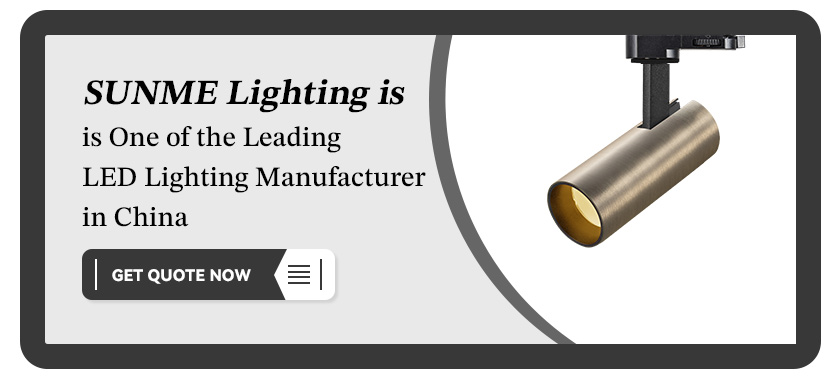
Não tem um correio eletrónico profissional? Clique aqui!


